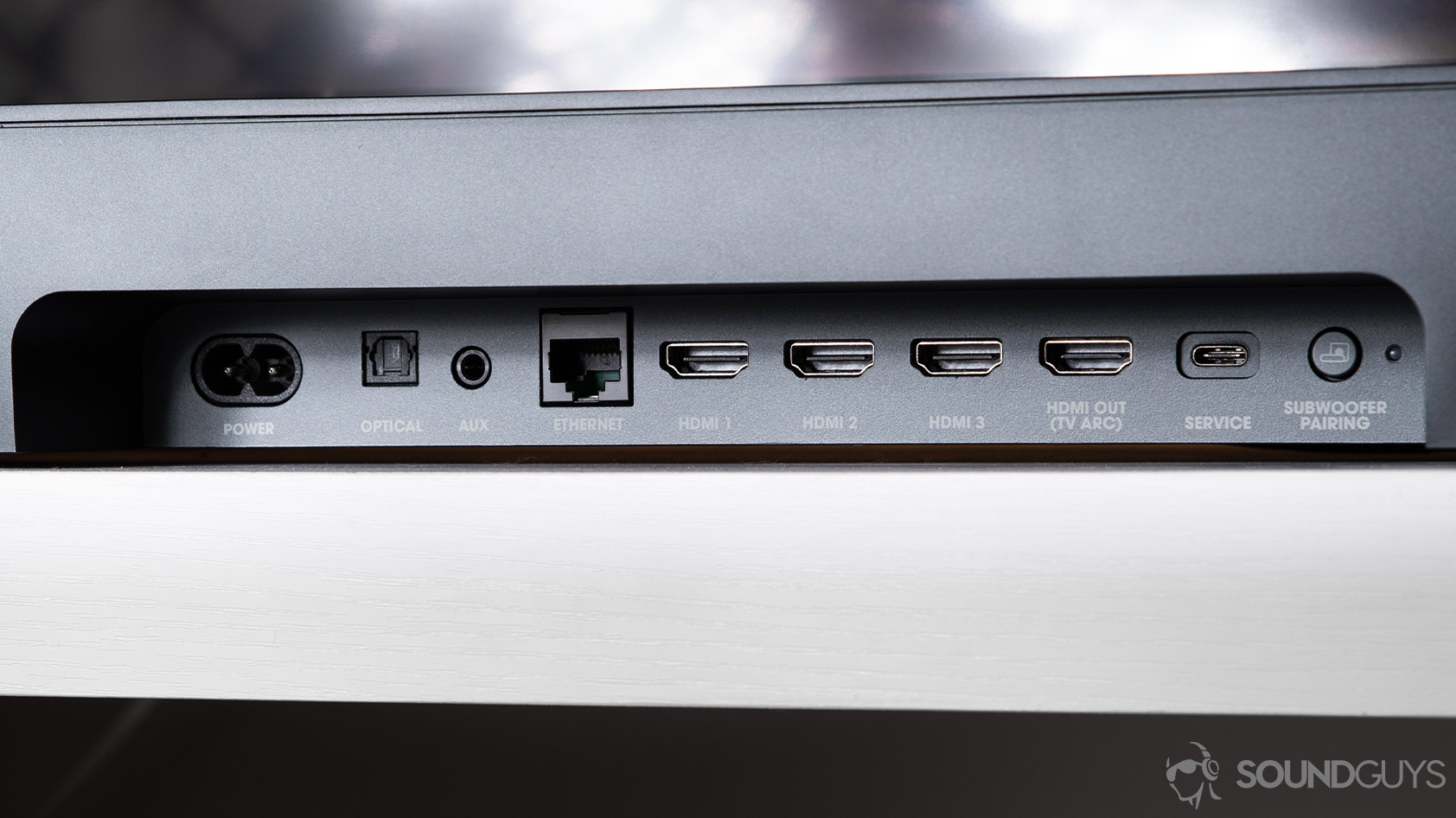
It's easy to connect your headphones to your TV in a variety of ways, whether you have Bluetooth headphones or wired.
By Sam SmartPublished on March 14, 2024
Unlock the full potential of your private listening experience with your TV, no matter the occasion. Whether it’s gaming, late-night movies, or using your TV as a second monitor, we’ve got you covered. Let’s dive into the simplest, most effective ways to connect your headphones to your TV, catering to both wired and Bluetooth options.
Editor’s note: this article was updated on March 14, 2024, to add instructions for connecting to specific TV models and address more frequently asked questions.

Since there are so many kinds of TVs and headphones and endless unique situations a person can be in, you should take a look at what connection methods you have to work with before moving ahead.
Before proceeding, take stock of what you have:
Your purpose—be it gaming, watching, or working—dictates the best connection method. Distance from the TV and the type of content also play significant roles in choosing the right setup.
Lastly, after assessing what you have and don’t have, figure out what you need to proceed. If your TV doesn’t have a headphone jack or Bluetooth support, you need to get an adapter or a transmitter (more on that later). If your TV doesn’t support a low-latency Bluetooth codec (and it probably doesn’t), is that enough of a concern to buy new headphones to eliminate latency? Do you have the money to buy something better for your setup, or do you want to work solely with what you have at your disposal? Once you’ve answered these questions, you can better understand what steps to take next.
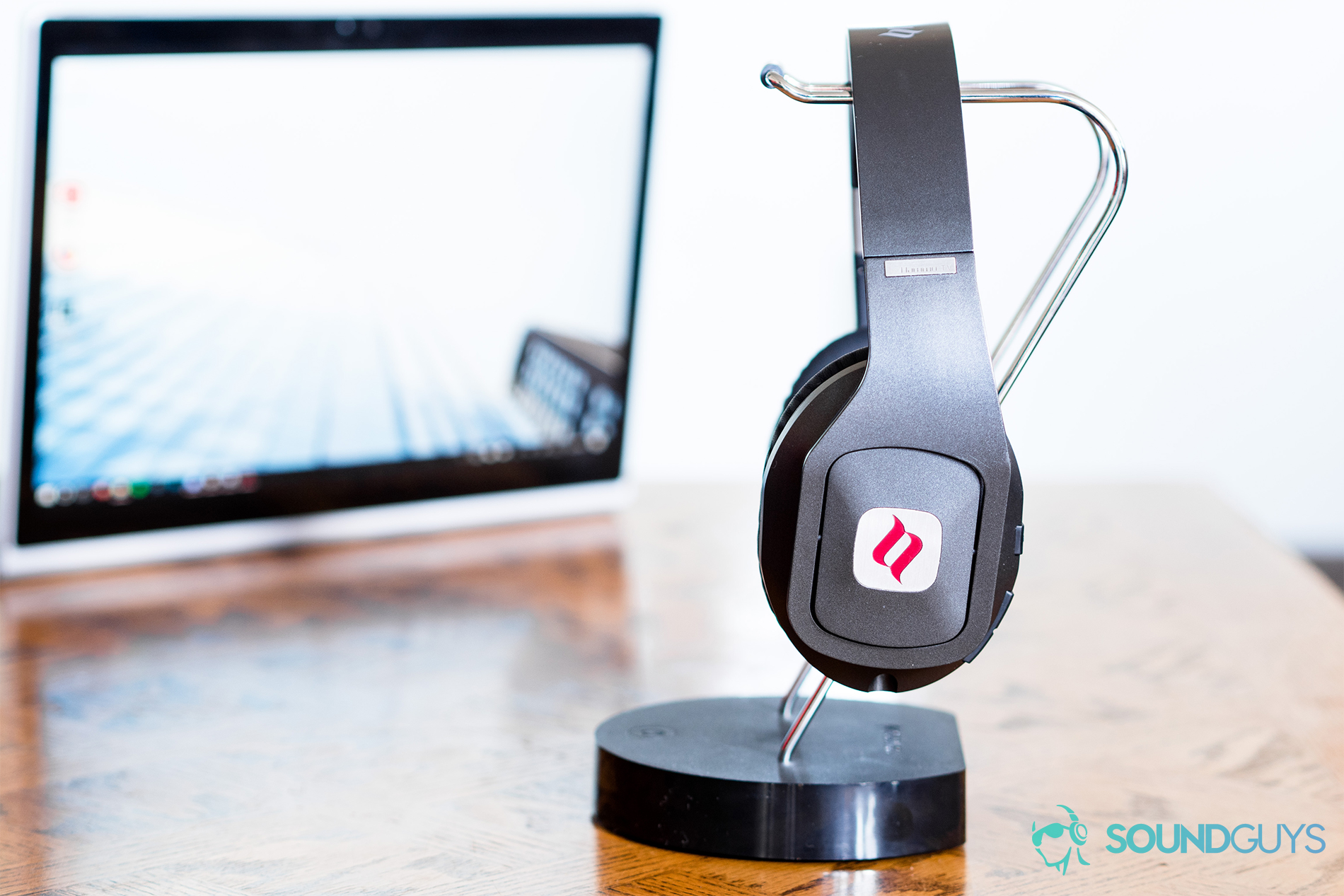
Yes, there are headphones made specifically for TVs, with some using radio frequency (RF) receivers and some working over Bluetooth. RF receivers essentially work by plugging into the analog output of your TV and converting the sound into a wireless signal for the linked headphones to pick up. That kind of connection is pretty much always lag-free, but it can sometimes cause some static (especially if your battery is low). Conversely, Bluetooth can come with some latency if your TV doesn’t support a low-latency codec.
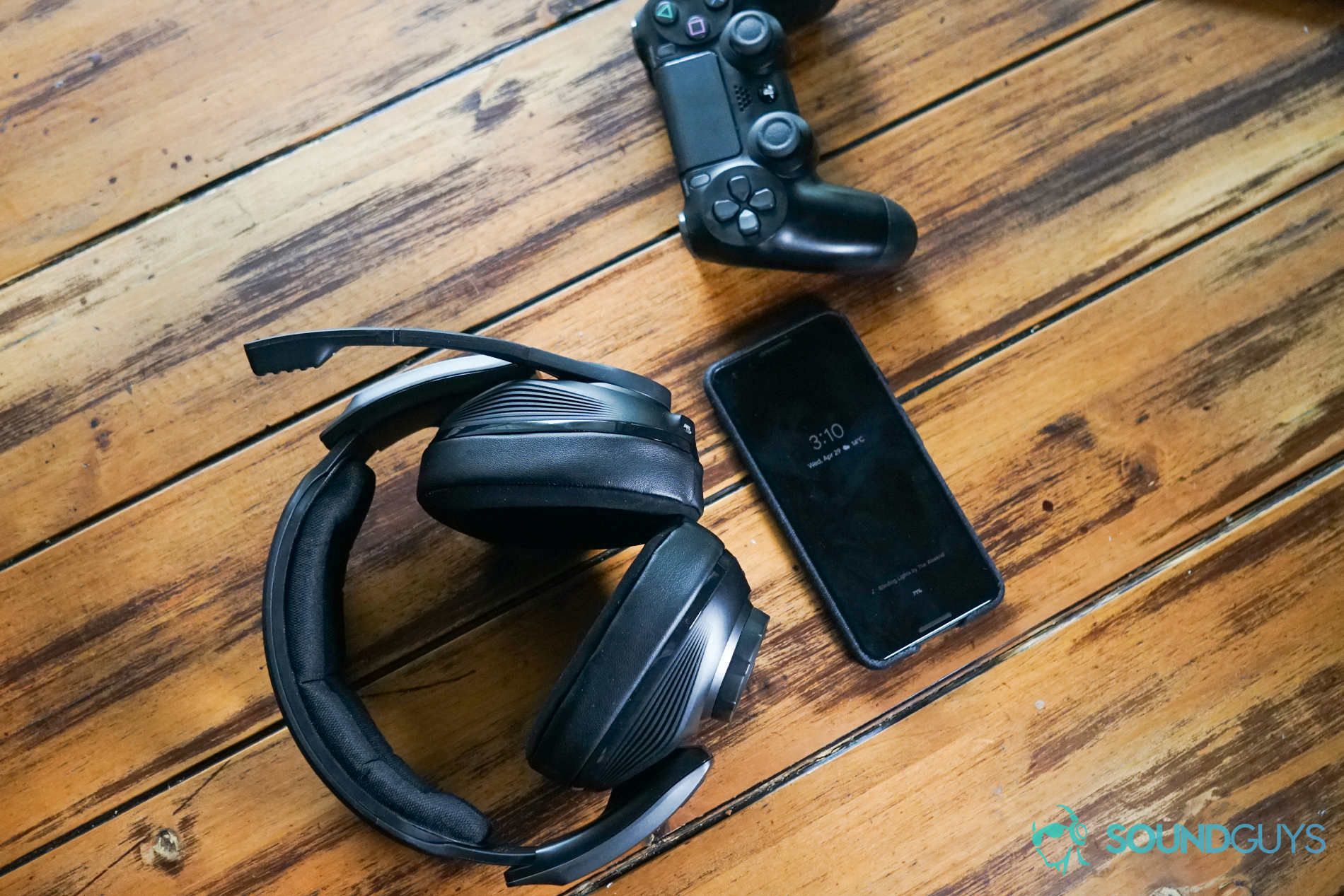
Bluetooth headphones are great if you’re the type of person who jumps off the couch in exasperation while gaming.
If you have Bluetooth headphones and your TV has Bluetooth compatibility, you can connect your headphones that way. Generally, this will involve going into the settings menu of your TV, searching for an accessories menu, and you should see the option to connect to Bluetooth there. Make sure your headphones are visible by putting them in pairing mode so they are ready to connect and search for the device. Once you see it come up on the Bluetooth results on your TV, connect to them. Voila!
Here are step-by-step instructions for connecting Bluetooth headphones for a few specific TV models.
For Samsung TVs, the process typically involves navigating to ‘Settings’ on your TV, selecting ‘Sound’, then ‘Sound Output’, and choosing ‘Bluetooth Speaker List’ or a similarly named option to pair your headphones. This may vary slightly depending on your Samsung TV model.
How do I connect wireless headphones to Samsung TV without Bluetooth?If your Samsung TV doesn’t have Bluetooth, you can use a Bluetooth transmitter. Connect the transmitter to your TV’s audio output port, pair your headphones with the transmitter, and you’re set to receive audio wirelessly.
To connect Bluetooth headphones to an LG TV:
Always refer to your device’s manual for model-specific instructions, as the process can vary slightly depending on the firmware version and model specifics.
If you have Bluetooth headphones but your TV isn’t Bluetooth compatible, there is still a solution for you. Most smart devices have, which you can use as an intermediary to connect to first and then to your TV. If not, a Bluetooth transmitter can connect to your TV through either the RCA or 3.5mm jack, and you can connect to that transmitter with your headphones.
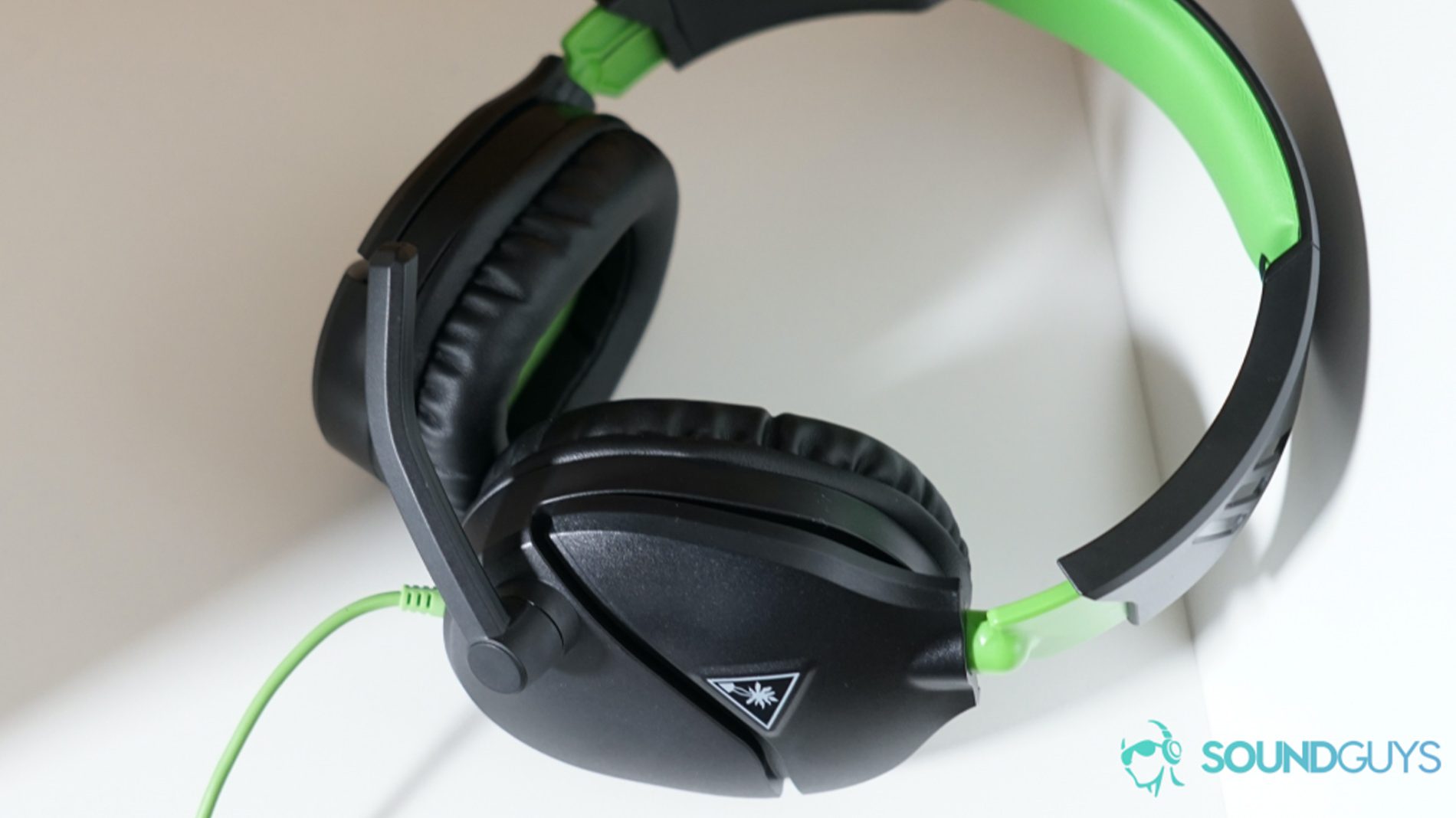
Check the back of your TV to see if it has a 3.5mm jack where you can directly plug your headphones in. If there is a headphone jack, you can just plug them in right there. For those who need to sit further from the TV and your headphones don’t have a long cable, you can get an extension. If your TV only has RCA, you can get an RCA to 3.5mm adapter.
Many Bluetooth transmitters work as receivers as well, which is super convenient. If you have a Bluetooth-capable TV but you own wired headphones, you can use a Bluetooth transmitter in receiver mode plugged into your headphones to connect to your TV. You can truly have the best of both worlds with a Bluetooth transmitter!
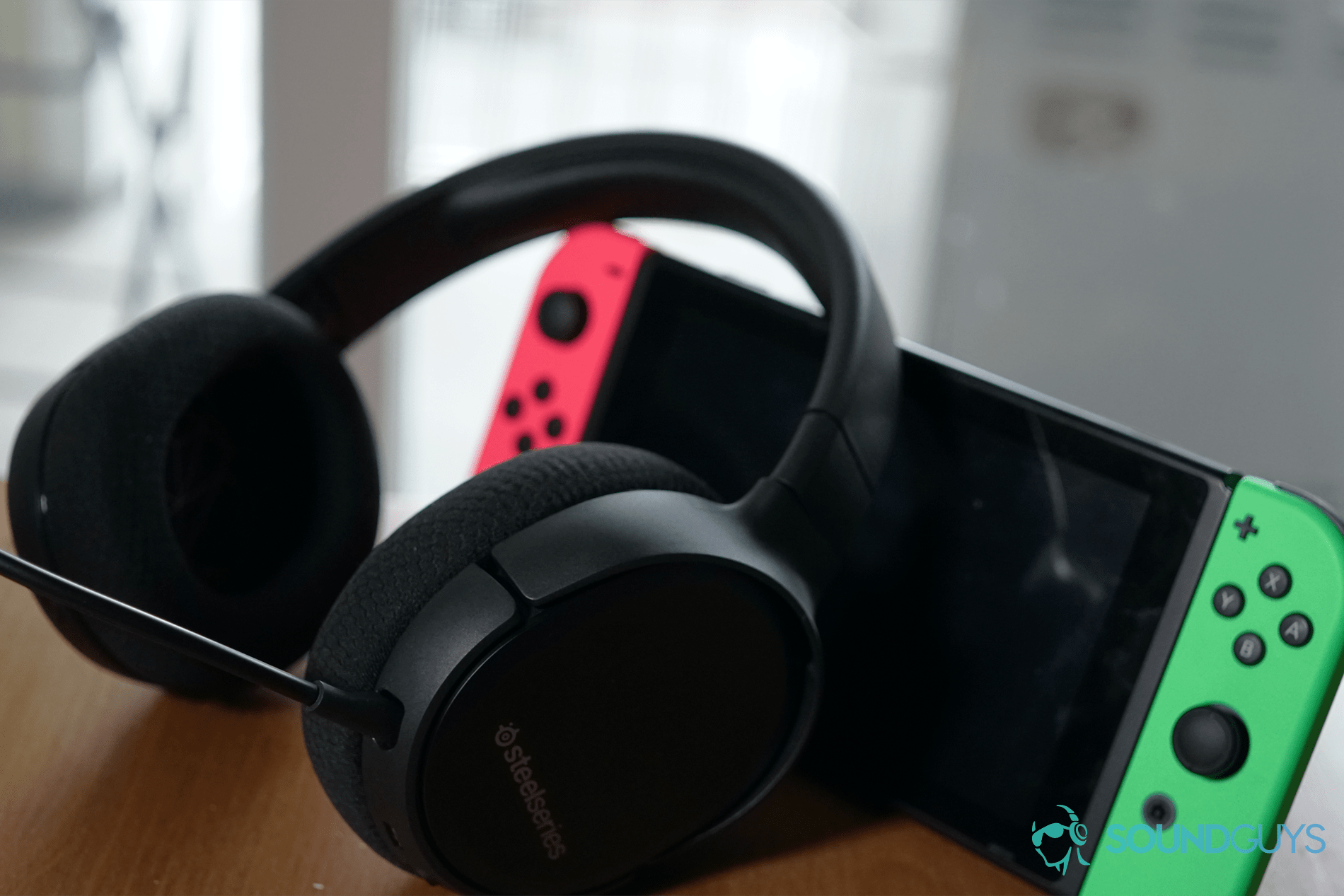
If you don’t have a transmitter but you have a gaming console, you might be in luck. Nintendo has enabled Bluetooth support for the Nintendo Switch, so you should be able to pair with it while it’s docked. Pretty much every other gaming console doesn’t support Bluetooth audio, but most wireless gaming headsets use USB dongles to get around this. As a fallback, you can plug a regular 3.5mm pair of headphones into the controller headphone jack. Every modern console has apps for streaming services like Netflix, so you can even watch movies this way if you want.
It’s highly unlikely that you will be able to connect your TV via a USB headset. Most Smart TVs have USB ports these days, but the inclusion of USB soundcards is pretty uncommon among televisions—it’s really more of a PC or gaming console thing. If you have an intermediary like a soundbar or media center, and it advertises USB output, that could work.
With all these solutions, you’ll be able to connect your headphones to your TV in no time. Enjoy your gaming session, your movie marathon, or your sick work-from-home setup.
To cast to your TV while listening through headphones, you can use the smartphone app of your streaming device (like Roku or Chromecast), which often supports a feature known as Private Listening or a similar name. Here’s a general approach:
This method allows the audio to be sent to your headphones while the video continues to play on the TV. Note that specific steps may vary based on the streaming device and app you’re using.
Why doesn't the sound from the TV come through my headphones?If the sound isn’t coming through your headphones when connected to the TV, consider the following troubleshooting tips:
Yes, you can use headphones with HDMI, but not directly. HDMI transmits both audio and video signals, and most headphones do not have an HDMI input. Instead, you can use an HDMI audio extractor or converter. This device connects to the HDMI source and splits the audio signal from the video, allowing you to connect headphones through a standard audio output like a 3.5mm jack or RCA. Here’s a basic setup:
This setup enables you to receive audio through your headphones while the video signal is sent to your TV via HDMI. Remember, the specific type of audio extractor needed may depend on your headphones’ input requirements and the audio formats you wish to support.
Can one person listen to TV with headphones while the others hear it through TV speakers?This will depend on whether or not your TV supports using multiple audio outputs simultaneously. This is generally not the case, but you can check your TV’s manual or contact the manufacturer for confirmation.
If I buy a digital to analog audio converter DAC and connect it to my TV with Toslink cable and plug in the headphone jack on the other side of the box, will that work?
Yes, you can provide audio to the DAC out of the TV through an optical audio cable like Toslink. You can plug your headphones into the DAC to listen to your TV.